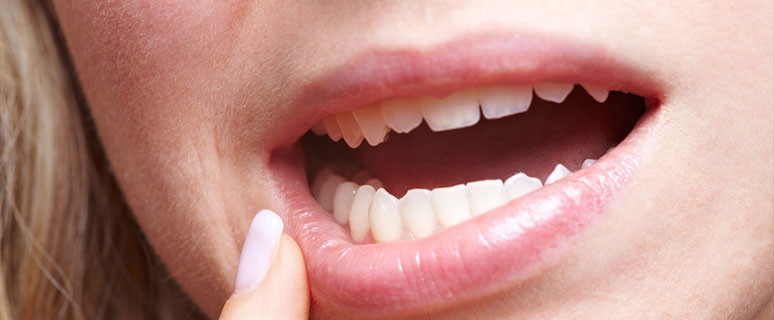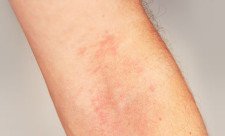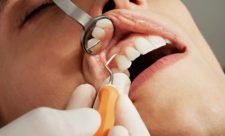
Oral bacteria may cause periodontitis and inflammation of the gum tissue (gingivitis). Dentists advocate treating periodontitis as soon as possible in order to preserve the tooth and avoid loss of bone.
What many remain unaware of: Accretion of bacteria, for example on tooth and gum surfaces, may also affect the heart or other organs and damage the entire immune system. In other words: Cardiovascular diseases may be caused by inflammation of gum and teeth, or by other infections of the oral cavity. Normal mouth flora provides protection from infections and is thus crucial for maintaining the body’s defences. Having the right balance of different bacteria– both harmful and helpful – in the mouth flora may be one more way to prevent cardiovascular diseases. Naturally adjusting this balance of destructive and beneficial bacteria is thus one possible remedy in the case of gingivitis.
Hence, preventing and treating periodontitis not only protects our teeth, but our general wellbeing.
In a study focusing on tooth decay, scientists at ORGANOBALANCE found that positive bacteria really do help against harmful bacteria in the mouth. So far, prevention of tooth decay relied on using fluoride toothpaste to harden the tooth enamel, making it resistant against acid released by cavity-causing bacteria. The probiotic approach reduces the number of caries bacteria, ideally ensuring that the dental enamel never comes under attack. It was shown that even a single application of a probiotic Lactobacillus in the shape of a candy resulted in a reduction of cavity-causing bacteria in the subjects’ saliva (see also: Probiotics & Antimicrobial Proteins Vol. 5, p. 259–263 (2013)).
See more at: https://www.gesunde-bakterien.de/parodontitis-gefaehrdet-herz-und-zaehne/#sthash.smUIzSbQ.dpuf
Dieser Post ist auch verfügbar auf: German

 14. Oct 2014
14. Oct 2014 Popular
Popular Recent
Recent Comments
Comments












